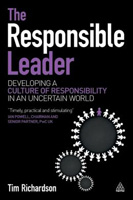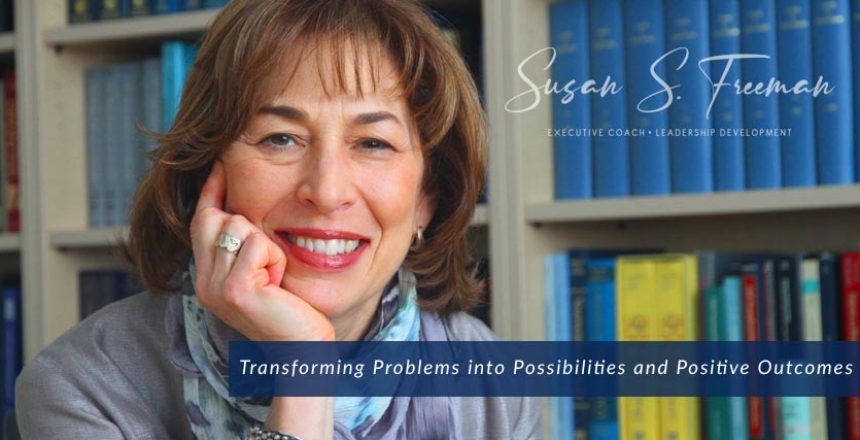This week’s Step Up Leader tip comes from Leading Blog. I chose it because my executive coaching clients will find the themes very relevant. Several of these clients and their companies are on the threshold of the next stage of growth. Making this leap requires the qualities outlined in the book. These can be challenging to already-successful leaders.
“There has always been a call for responsible leaders, but perhaps we just hear the call more clearly today.”
 In The Responsible Leader, author Tim Richardson begins with a well-written overview of how we got where we are in our understanding of leadership and the forces that are shaping our leadership context today. It points to the need for more responsible leadership.
In The Responsible Leader, author Tim Richardson begins with a well-written overview of how we got where we are in our understanding of leadership and the forces that are shaping our leadership context today. It points to the need for more responsible leadership.
- What is at the core of being a responsible leader?
- What are the mindsets the shape the behavior of a responsible leader?
Richardson identifies four characteristics:
Internal Assuredness and Attractiveness
These leaders are confident but humble and their being. Who they are is attractive to others in the sense that they have a natural presence that engages with others and appeals to others at a deeper emotional level. “This is built on a real understanding and acceptance of one’s uniqueness, personality, motivations, strengths, weaknesses, and a confidence that means ‘I do not need to pretend to be someone I am not.'”.
This is also demonstrated in their consistent behavior.
- “A clear and established values and belief system also helps to smooth out irrational swings of behavior.”
- “Modern leaders need to be wiser than simply being caught up in the moment.”
Adaptability and Learning Orientation
We must be comfortable with not knowing and living with paradoxes. This means we must have a willingness to listen and learn, even from the mostly unlikely sources. Once we “know” something we tend to want to hear only from people like us, people who filter the world through the same eyes we do. And when we do, we miss a lot. “We become judgmental and evaluative rather than inquisitive.”
We also need to be confident and humble. When an inner confidence “is not balance with sober self-assessment or mature emotional intelligence, it becomes skewed and egocentric.”.
This is more than intellectual learning, this is behavioral learning. We need to be able to connect what we (and others) are experiencing and connect it to what we know. When it doesn’t connect we need to dig deeper and learn from it. Unfortunately, “individuals may deny that the situation is any different and fail to notice that their normal patterns are proving unhelpful. They may succumb to a personal blindspot and fail to learn.”.
Thinking and Operating Relationally
This is a major shift for most leaders. We tend to grow up thinking of leaders as independent of, instead of interdependent with, other people. More autocratic than co-creators. Responsible leaders view themselves in relation to others. “Those whose perspective of success relies on others’ success are becoming a stronger force than perhaps many realize.”
Purpose and Focus
Responsible leaders have a guiding purpose that enables them to focus their energy and activity. “Leaders with a strong driving purpose that answers the ‘why am I doing this?’ question need commensurate levels of focus to ensure that their dreams and visions do not remain out of reach”. The question is: “Where do I need to focus my attention and my energy and therefore what are distractions to be avoided?”.
Responsible leadership requires an “other” focus, humility and awareness. “To be a responsible leader is to step forward into the space and the moment with an ‘I can and I will’ mindset to impact situations and systems for the greater good.”

